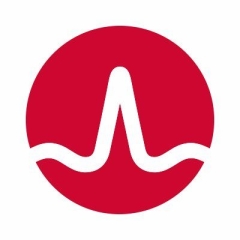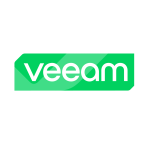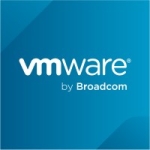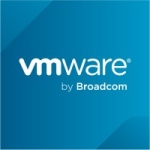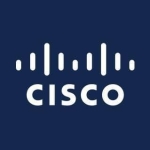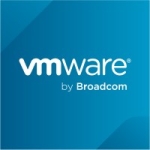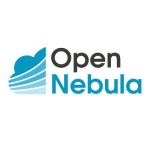vROps allows us to quickly get an overview of what's going on in the environment, without even having to know too much. So from the low-end to the high-end individual, everyone can get something out of it. Obviously the better you are at it, the more you can truly drill down and find something invaluable. But even the service desk people that we have can look at it in the morning and say, "Okay, the environment is good or bad." Or they might see things in there before the customers do. So it's just a very quick and easy way to see what's going on.
How tightly integrates with the VM world. There's a lot of nice solution packs so we use Horizon, vSAN. They get integrated into the solution packs initially but then they get integrated with the product over time, and we get this better end to end view. Obviously we use VDI with vSAN to also get the end to end view, the protocol down to the storage and everything in between. So it's really clever.
I'd like to see some sort of better integration with vSphere. I couldn't get into the account setup, so it would be nice to set up an account somewhere which connects to vSphere. It would be nice if that was more streamlined. It would be something like, "Here's my vCenter, here's my admin credentials, create me an account, do the right delegation for me." Essentially it would automate the setup a bit further. I had to create roles, create accounts, and that sort of repetitive work that whoever has to deploy vROps will do.
I've never had a trouble with it. Once it's been set up it's been really "set-and-forget" from a management point of view.
My environment is probably, in the big picture, fairly small. We have one server that easily covers our environment. I do not consider vROps resource-heavy at all.
I think I had to use them only during set up because we were getting a lot of false positives. And that was a known issue then. When we first set up the environment and we were saying, "Are these... we don't believe we're seeing that but vROps says we're seeing that." Once that was all squared away it was fixed in a later version. Just bad timing, I guess.
We got it resolved quite quickly, so really no issues with tech support from that point of view. It was understood this was an issue on VMware side, and it was knocked out of the park. They knew what they were doing.
We went with it because it was recommended to me by a colleague who had already deployed it. He showed me what he gets out of it, and I could see the benefit in it for us as well. So the switch came internally to us.
I did the deployment at my site. It's very straightforward. It's deploying an appliance and just connecting it to your vSphere environment. You need to let it sit for a bit, to make sure it gets baselines for everything, but it was really easy. Took me more than about a day or two to get it fully running and to get everything connected that I wanted to get connected.
I had the offer of a team but I did not accept it at the time. I wasn't sure how much I would use the product.
Microsoft, and that's really about it.
When selecting a vendor to go with, it goes down to total cost of ownership pretty quickly. The product has to work, it's got to be reliable, and obviously it's got to provide benefits that are worth whatever investment in, time, money, licenses, you have to make.
Every solution we add to the environment adds complexity to the environment, so it's now under the product we advocated to use or maintain. You can only have so many products in your environment before there's just too much information so you need to keep it simple, to a certain extent.
Set it up and test it. It's really not hard to do. One day, two days, depending on how complex your environment is, and then just let it sit. It will pull in a lot of information, and you can see very quickly if it's telling you things you need to know.
There are some nice VMware session videos on it. Also read up. There's plenty of guides online. Really, it's not a complex thing to implement.

